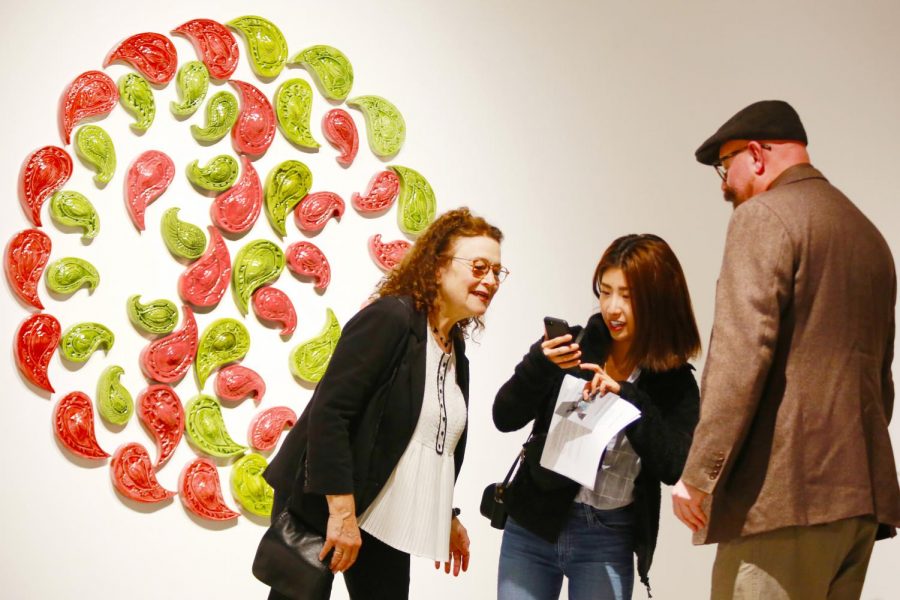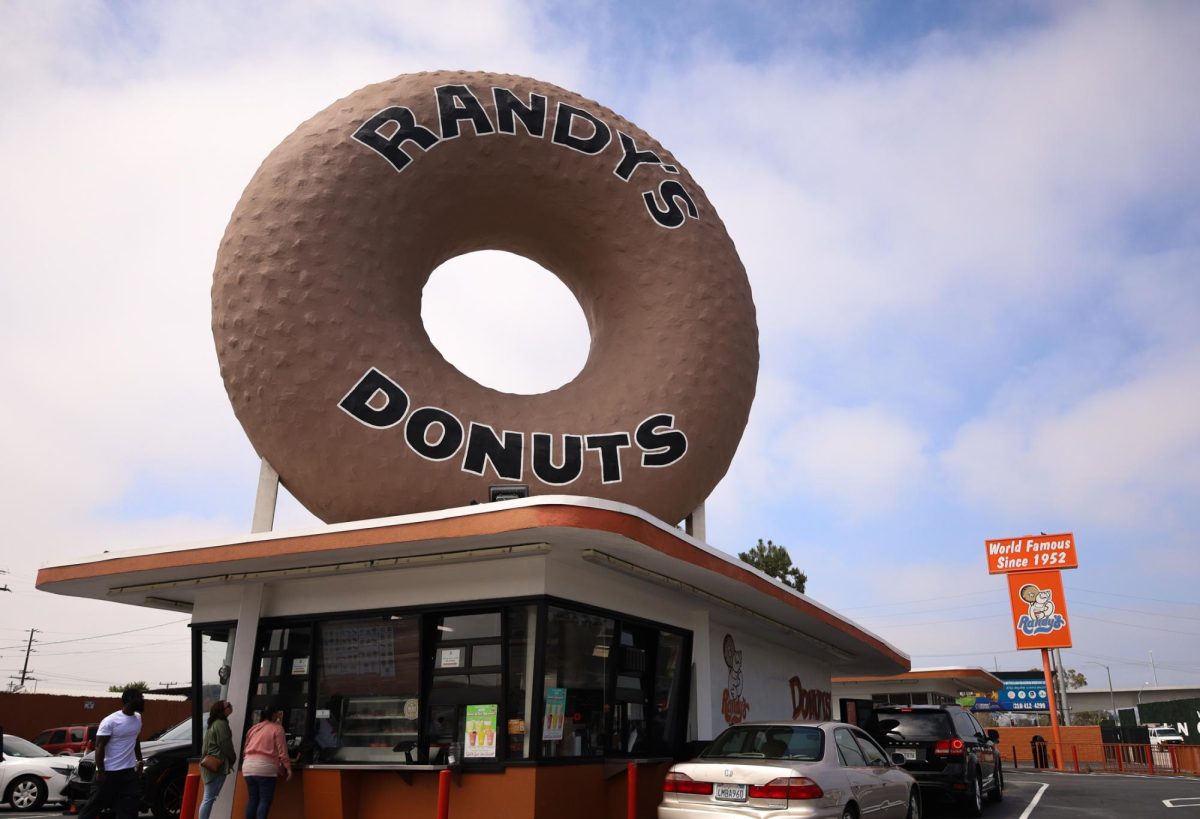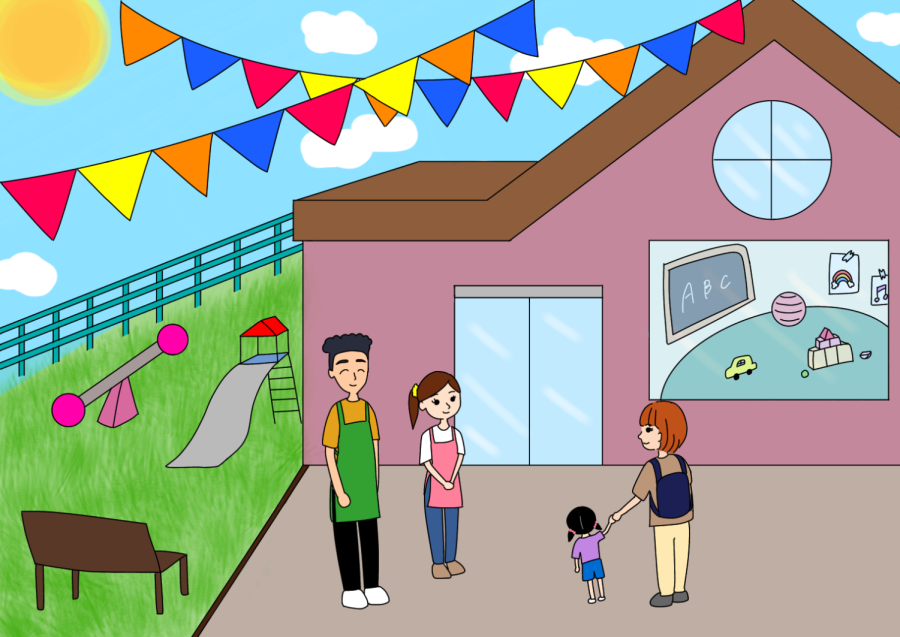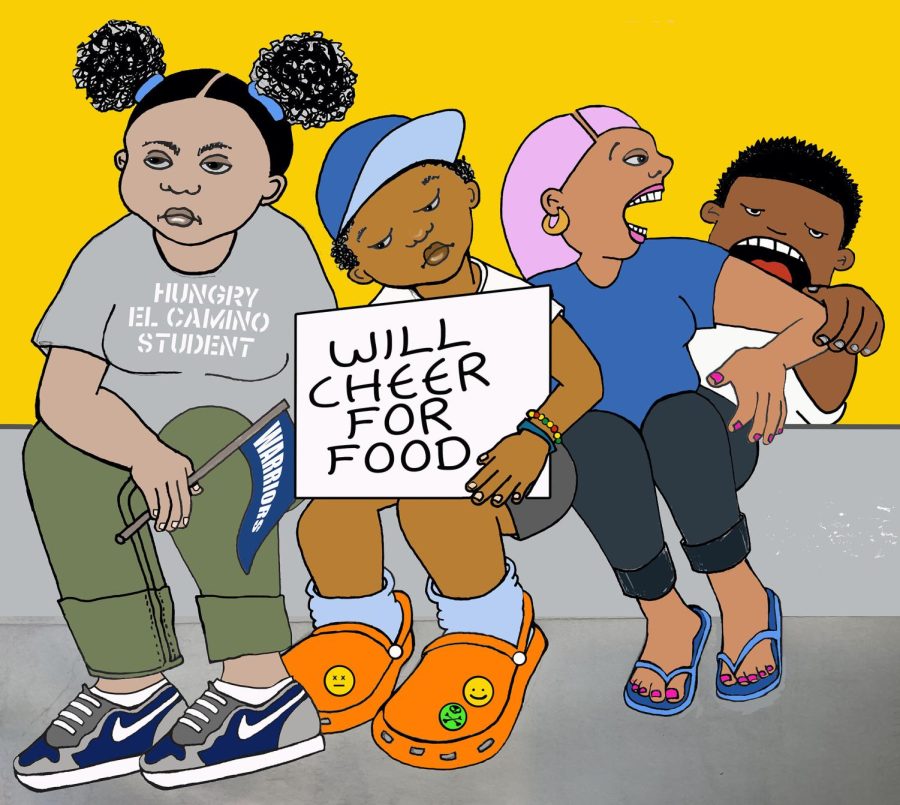“Cultural Diplomacy” by ceramicist and American ambassador Karen Koblitz is on exhibition in the El Camino College Art Gallery until Thursday, April 26.
Koblitz, who spent time as a cultural ambassador for the United States Department of State, has found her muse in foreign cultures.
“She’s very scholarly in her approach. She doesn’t just go and absorb it,” Susanna Meiers, director and curator of the Art Gallery, said. “She really looks into it. She learns the language. She’s amazing.”
As an ambassador, Koblitz had residencies in places like Moscow, Russia and Baku, Azerbaijan, where she immersed herself into local cultures.
“I love traveling,” Koblitz said. “Every time I go somewhere, I really try to get involved. I try to do some reading beforehand to understand a little bit about the culture.”
Meiers believes that what makes Koblitz’s work unique is, “the fact that she is traveling all over the world and is embracing the influence of different cultures, and that she does it with such skill and imagination.”
The arts and embassies program, which was established in the 1960s by President Lyndon Johnson, was meant to promote cultural exchange. Koblitz’s art was used to decorate the American embassy in Moscow, Russia, as a way of exposing visitors to American culture.
“I was the first group of artists through the Department of State to be called an ‘art ambassador,’” Koblitz said. “When people would visit (ambassador’s) residence abroad, they would be exposed to American artists, whether they were sculptors, painters, all kinds of art.”
Her piece “Cultural Diplomacy,” after which the exhibition was named, references a pivotal point in art’s influence within the political sphere.
The piece references the story of a 7th century bronze rhyton, or drinking vessel, that was smuggled into the United States and kept into a depository for safekeeping.
When Iran elected its newest representative, someone within the delegation to address the United Nations got the idea of returning the valuable artifact to Iran as a symbol of good will.
“In doing that, they opened up the talks (about) their nuclear program with America and Europe,” Koblitz said.
Her ceramic rendition of the original artifact contains faux uranium ore, yellow cake, and plutonium, representing a nod to that conversation.
The piece “references how art can be so dynamic and important in international relations,” Koblitz said.
Students were able to acknowledge the importance of the topic, especially in the current political climate.
“The story behind the sculpture is really interesting,” Jessica Hernandez, 20, music major, said. “I think it’s cool that she referenced nuclear materials. It’s a really relevant topic.”
Despite starting her college career with a focus in painting, Koblitz found her medium in her sophomore year of college.
“As soon as I touched my hands to the clay, I knew (it) was my calling,” Koblitz said.
Despite her focus in ceramics, the exhibition includes a variety of mediums, including embroidery and carpet weavings, which she collaborated on with a disabled weaver in Baku, Azerbaijan.
With multimedia work and global travel under her belt, Koblitz keeps her vision looking towards the horizon.
“I have a lot of projects. I have more going on than I ever thought I’d be doing,” Koblitz said. “I’m busier than when I was teaching.”
As a recent retiree from 23 years as a full-time professor at University of Southern California (USC), Koblitz has her plate stacked with not only creative endeavors, but community-oriented activism as well.
“I’m working with a group to purchase a synagogue where my great great grandfather was married. It has fallen into disrepair,” Koblitz said. “(We want to) purchase it and restore it into a museum and also into a community center for a city of 5,000 people in southern Bohemia.”
Since the exhibition is a mid-career survey, the exhibition gives Koblitz an opportunity to survey her own growth.
“It’s really wonderful to have the opportunity that Susanna Meiers has given me at El Camino, to see 27 years of my work,” Koblitz said. “(To see) certain pieces out of different bodies of work on exhibit. It really is an experience that allows me to look at the changes that I’ve gone through.”
Editor’s Note: This story’s headline has been edited for clarity.







